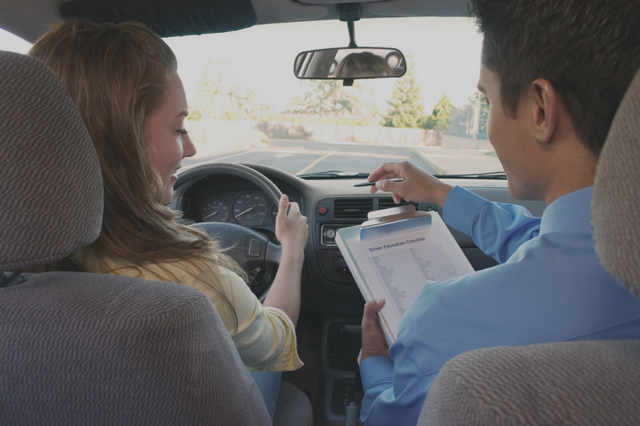In a world where traffic congestion is an everyday reality and unexpected circumstances can arise in the blink of an eye, mastering the art of defensive driving is not just a skill, but a necessity. With roads becoming increasingly crowded and distractions more prevalent than ever, adopting defensive driving techniques can mean the difference between a safe journey and a potential catastrophe. At its core, defensive driving is about being proactive rather than reactive behind the wheel. It involves staying alert, anticipating potential hazards, and always having an escape plan in mind. Rather than assuming that other drivers will follow the rules of the road, defensive drivers are constantly prepared for the unexpected, whether it is a sudden lane change, a distracted pedestrian, or adverse weather conditions. By maintaining a heightened sense of awareness, defensive drivers are able to react swiftly and decisively to any situation that may arise, minimizing the risk of accidents and keeping themselves and others safe.

One of the fundamental principles of defensive driving is maintaining a safe following distance. By leaving ample space between their vehicle and the one in front, drivers allow themselves more time to react to sudden stops or changes in traffic flow. This simple yet crucial practice can prevent rear-end collisions and chain reaction accidents, reducing the likelihood of injury and property damage. Additionally, defensive drivers are mindful of their surroundings at all times. They regularly check their mirrors, scan the road ahead, and stay aware of vehicles in their blind spots. By staying informed about the movements of other drivers, pedestrians, and cyclists, defensive drivers can anticipate potential conflicts and take evasive action if necessary. Another key aspect of defensive driving is staying calm and composed in stressful situations. Whether faced with aggressive drivers, heavy traffic, or inclement weather, maintaining a cool head is essential for making sound decisions behind the wheel.
By resisting the urge to engage in road rage or reckless behavior, drivers education PA can defuse tense situations and focus on safely navigating the road ahead. Furthermore, defensive driving involves understanding and obeying the rules of the road. From adhering to speed limits and yielding the right of way to using turn signals and obeying traffic signals, following these basic guidelines not only promotes safety but also fosters a culture of mutual respect among drivers. In conclusion, defensive driving is not just a set of skills; it is a mindset—a commitment to prioritizing safety above all else on the road. By adopting defensive driving techniques and cultivating a proactive approach to navigation, drivers can play a vital role in safeguarding lives and preventing accidents. In a world where uncertainty is the only constant on the road, mastering the art of defensive driving is a responsibility we all share.